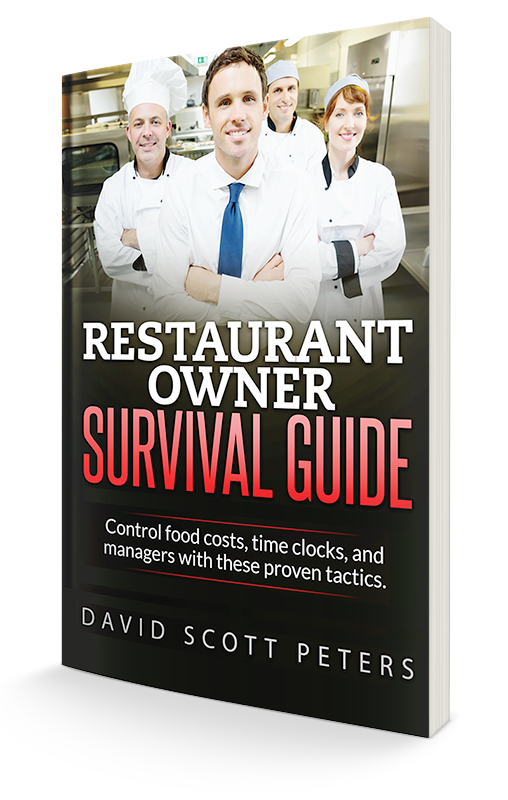How to Schedule Restaurant Managers
1) Count how many shifts the restaurant operates. For example, if the restaurant is open seven days a week for lunch and dinner, that’s two-a-day or 14 shifts a week that need coverage by a manager.
2) Count how many shifts the restaurant needs double or triple coverage. For example, that crazy busy Friday where the day manager comes in early and works through happy hour (7 p.m.), the midday manager comes in at noon and works until 10 p.m. and the night manager comes in at 4 p.m. to close, getting out the door at 3 a.m. For several hours there are three managers on the floor, one in the kitchen, one working with the hosts and the other taking care of everything else.
3) Now total the shifts. If we use the two examples above, and assume that we need double coverage on Saturday nights too, this restaurant needs 16 management shifts covered.
4) Determine what the front-of-house management team looks like. With 16 shifts to cover, is there a general manager, two assistant managers and an hourly supervisor, also referred to as a manager in training (MIT)? Each full-time manager working five shifts a week and the MIT working one, equaling 16? Or do you have two full-time managers, with the rest of the shift filled with two or more MITs? (By the way, the only thing I will say is no matter how you cover it, I always suggest one MIT on the team at all times to be prepared for when another manager leaves the team or goes on vacation, etc.)
5) Divvy up the shifts to the appropriate managers and be flexible. This step is a little complicated. Start by understanding that you want your BEST/STRONGEST manager on the floor during the busiest shifts. This means that if your Friday/Saturday nights are crazy busy, the general manager gets those shifts. The general manager has the greatest positive impact on the business and can have the greatest negative impact if all goes wrong on those shifts. The best person should be there to ensure it’s all working.
At the same time the general manager should also have a couple day shifts at the beginning of the week to verify that orders and scheduling are being done on budget.
From there divvy shifts up giving ALL management day, midday and night shifts. It’s best to always give them two days off in a row, allowing them one day to get personal things done and the other day to unwind.
Avoid CLOPENS! A clopen is a close/open. This is a situation where, to force the schedule to work, a manager is scheduled to close one night and open the next morning. The manager opening the restaurant should be alert and on their toes, ready to be a leader and full of energy. Having them leave the building at 2 a.m. and return at 7 a.m. is not a recipe for success.
Also avoid running managers on day or night shifts exclusively. Why? Every manager should see all of the people they manage working. This is only possible if a manager works days and nights. The management team should be able to handle any shift. If they only close, they have no idea what happens in the day. They have no idea how to check in or place orders. When they never have a hand in it, they start to assign problems in the restaurant as the day crew’s fault, etc. This breeds animosity and a negative culture in your restaurant.
Follow these tips to build a knowledgeable and high-communicating team of managers.
You can also watch me cover these tips in this video.
Learn more about training and holding managers accountable in our free special report, Breaking Away from the Insanity: How to easily take control of your restaurant and make more money. Download it here.



